In the vast and vibrant landscape of Hinduism and Buddhism. Few deities are as widely revered and instantly recognizable as Lord Ganesh. With his elephant head and human body. Ganesh holds a unique position as the remover of obstacles and the harbinger of success. His presence is not only significant within Hinduism. But also resonates with those who follow Buddhism, as well as those interested in understanding the deeper facets of divine energy related to Lord Shiva, Goddess Parvathi, and the cosmic balance of life.
The Origins of Lord Ganesh
To understand Lord Ganesh, we must first explore the family lineage from which he hails. Ganesh is the beloved son of Lord Shiva, the destroyer in the Holy Trinity of Hinduism, and Goddess Parvathi, the divine embodiment of power, love, and fertility. Together, they create a harmonious balance of cosmic energy, with Shiva representing destruction and transformation, while Parvathi embodies nurturing and creation.
The most well-known story of Ganesh’s birth begins with Parvathi. One day, while Lord Shiva was away meditating, Parvathi created a young boy from the sandalwood paste on her body to stand guard while she bathed. When Lord Shiva returned and attempted to enter, the boy, obedient to his mother’s wishes, blocked his way. In a fit of anger, not recognizing the child, Shiva beheaded the boy. Upon discovering the tragedy, Parvathi was heartbroken. To appease her, Shiva promised to bring the child back to life. He sent his followers to find the head of the first creature they came across. Which happened to be an elephant. Thus, Ganesh was born with his iconic elephant head and has since been worshiped as a symbol of wisdom, protection, and auspiciousness.
Lord Ganesh: The Remover of Obstacles
In both Hindu and Buddhist traditions, Ganesh holds a pivotal role as the remover of obstacles. Whether one is embarking on a new journey, starting a business, or seeking clarity in life, invoking Ganesh’s blessings is seen as essential. His pot-bellied figure, which symbolizes the ability to absorb and digest both good and bad in life, is a testament to his role in overcoming life’s challenges.
In this capacity, Ganesh isn’t just an abstract symbol of divine power. He is a personal, relatable deity whose image is often placed at the entrance of homes and temples to protect the space and bring good fortune. When devotees pray to him, they are not just asking for help in overcoming material obstacles but also seeking his guidance in removing the mental and emotional hurdles that may prevent spiritual growth.
Ganesh’s Connection to Shiva, Parvathi, and Murugar
Lord Ganesh’s divine family is rich with symbolic meaning. Each member playing an essential role in the spiritual fabric of the universe. Lord Shiva, as the father of Ganesh, represents destruction but also the necessary renewal that follows. His meditative nature contrasts with Ganesh’s more playful and approachable persona. Making the father-son duo a balanced representation of life’s dualities—creation and destruction, play and seriousness.
Goddess Parvathi, Ganesh’s mother, is often seen as the source of Ganesh’s nurturing side. Her fierce love and protective nature are mirrored in Ganesh’s role as a protector of his devotees. In many depictions, Ganesh is seen sitting at the feet of his mother. Symbolizing his devotion to her as well as the deep connection between the divine feminine and masculine energies.
Ganesh’s sibling, Lord Murugar (also known as Kartikeya), adds another layer to this divine family dynamic. Murugar is the god of war and victory, often depicted as riding a peacock and carrying a spear. While Ganesh removes obstacles, Murugar leads devotees to victory, whether in battle or personal endeavors. Together, Ganesh and Murugar create a holistic pathway to success—first removing obstacles and then securing victory.
Symbolism of Ganesh’s Form: What Each Element Represents
Every aspect of Ganesh’s form carries profound meaning:
- Elephant Head: Symbolizes wisdom and understanding. Elephants are known for their intelligence and memory, and Ganesh’s head is a reminder of the importance of knowledge in overcoming life’s challenges.
- Large Ears: These signify his ability to listen to the prayers and woes of his devotees.
- Small Eyes: Indicating the need for focused attention and introspection.
- Trunk: Represents adaptability and efficiency, capable of performing both delicate and heavy tasks.
- Broken Tusk: Reflects the idea of sacrifice and the ability to let go of that which is unnecessary, allowing for deeper wisdom and insight.
- Pot Belly: Suggests contentment and the ability to digest all of life’s experiences—the good and the bad.
Each part of his body is a reminder that the challenges and blessings we face in life are interconnected. And that by embodying wisdom, patience, and balance, we can overcome adversity.
Ganesh in Buddhist Traditions
While Lord Ganesh is primarily associated with Hinduism, his influence extends into Buddhism. In many parts of Southeast Asia, particularly in countries like Thailand and Nepal, Ganesh is revered not just as a remover of obstacles but also as a god of intellect and wisdom. His image is often found in Buddhist temples, and many Buddhists seek his blessings, particularly in matters related to education and success.
The cross-pollination of Hindu and Buddhist traditions has allowed Ganesh to occupy a unique position as a figure of shared reverence, symbolizing unity in diversity.
How Ganesh’s Lessons Apply to Our Lives Today
In modern times, the teachings and symbolism associated with Lord Ganesh continue to resonate deeply with individuals seeking balance and clarity in their lives. Whether it’s the pursuit of knowledge, overcoming personal challenges, or navigating the complexities of modern life, Ganesh’s qualities provide timeless guidance.
The act of removing obstacles doesn’t just apply to external challenges but also to the inner barriers we face—doubt, fear, and ignorance. By meditating on Ganesh and seeking his blessings, devotees are reminded to cultivate wisdom, perseverance, and faith in their ability to navigate life’s challenges.
Worshiping Ganesh: Rituals and Practices
Worship of Lord Ganesh is deeply rooted in ritual, with offerings of sweets (modak), flowers, and prayers being central to his veneration. Before any major event or religious ceremony, Hindus often perform a puja to Ganesh to ensure that the event proceeds without hindrance. This practice extends beyond religious rituals to encompass everyday activities, such as the start of a new business venture, marriage, or even the first day of school.
Devotees can bring Ganesh into their homes through simple yet powerful practices such as meditation, prayer, or simply having a Ganesh idol. His presence is a reminder that while obstacles may arise, with wisdom and patience, they can always be overcome.
Discover the Divine Energy of Ganesh Today
Understanding and connecting with Lord Ganesh offers a pathway to overcoming life’s difficulties and finding inner peace. His teachings on wisdom, patience, and perseverance are as relevant today as they were thousands of years ago. As you explore the world of Hindu and Buddhist spirituality. Ganesh’s influence will undoubtedly become a guiding force in your personal and spiritual journey.
To deepen your connection with this beloved deity. Explore our range of spiritual accessories and Ganesh Rudraksha at spiritualguru.lk. Where we offer products designed to enhance your spiritual practice and bring the blessings of Ganesh into your life.
By weaving the timeless wisdom of Lord Ganesh into your daily life. You can clear obstacles, embrace opportunities, and walk the path to success and spiritual fulfillment.

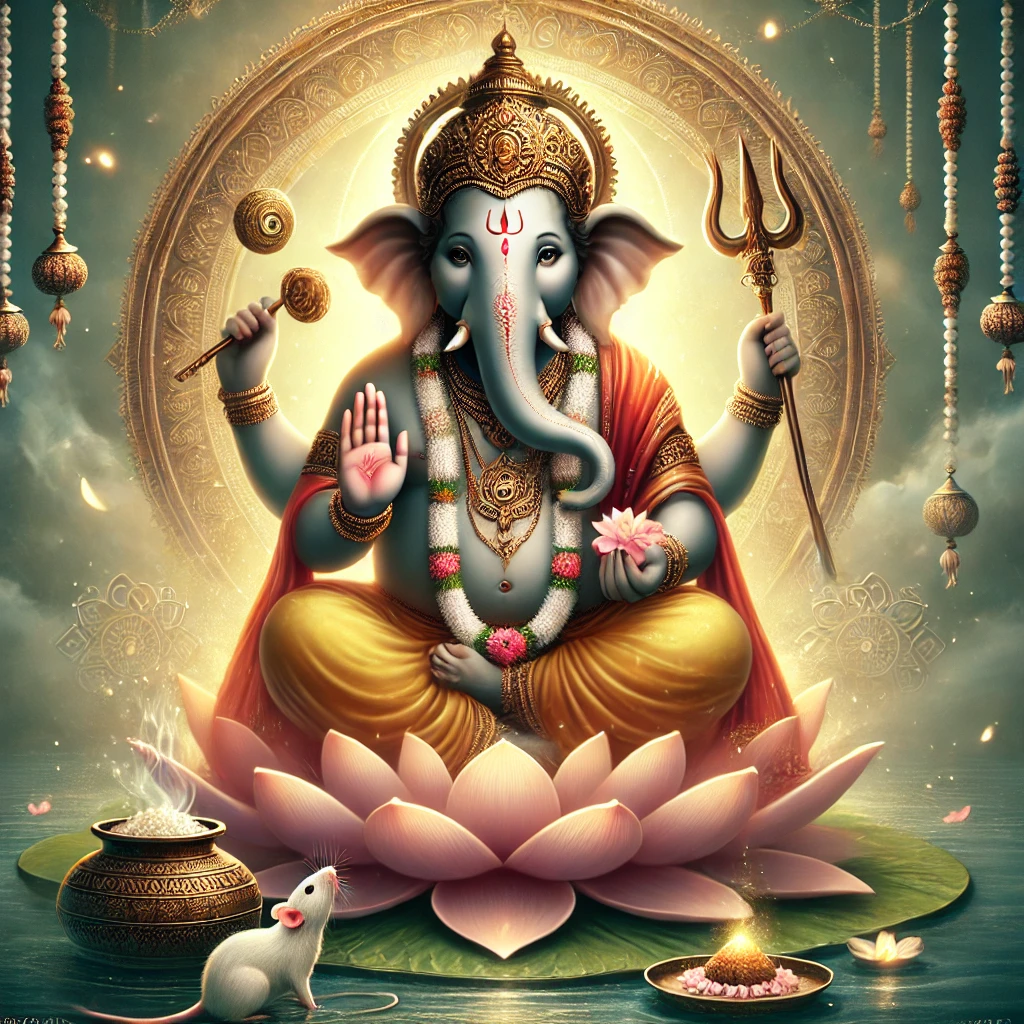
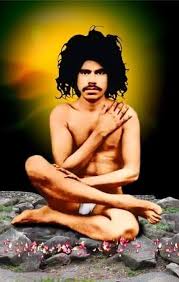
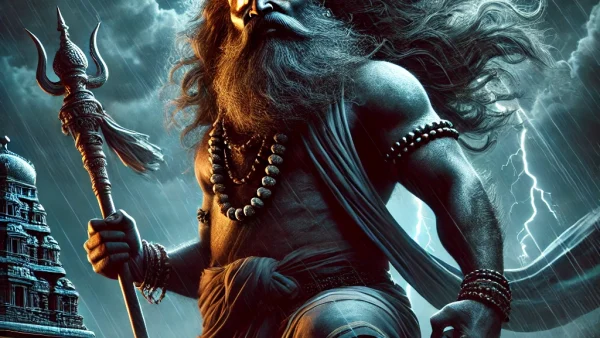
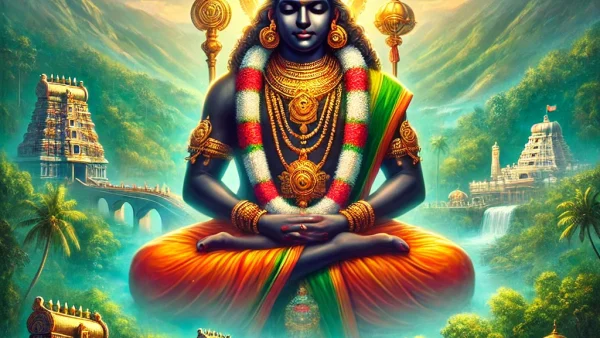
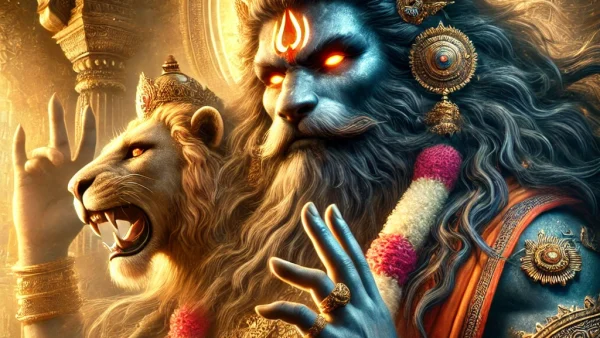
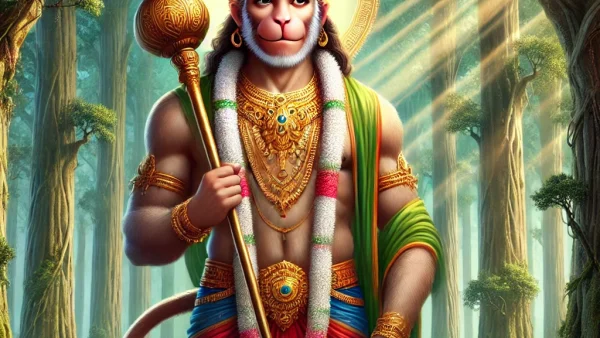
Pingback: Who is Lord Shiva? | SpiritualGuru.lk
Pingback: Who is Goddess Parvati? - Spiritual Guru
Pingback: Who is Durga? Unraveling the Divine Power of the Goddess - Spiritual Guru
Pingback: What is Navratri? - Spiritual Guru